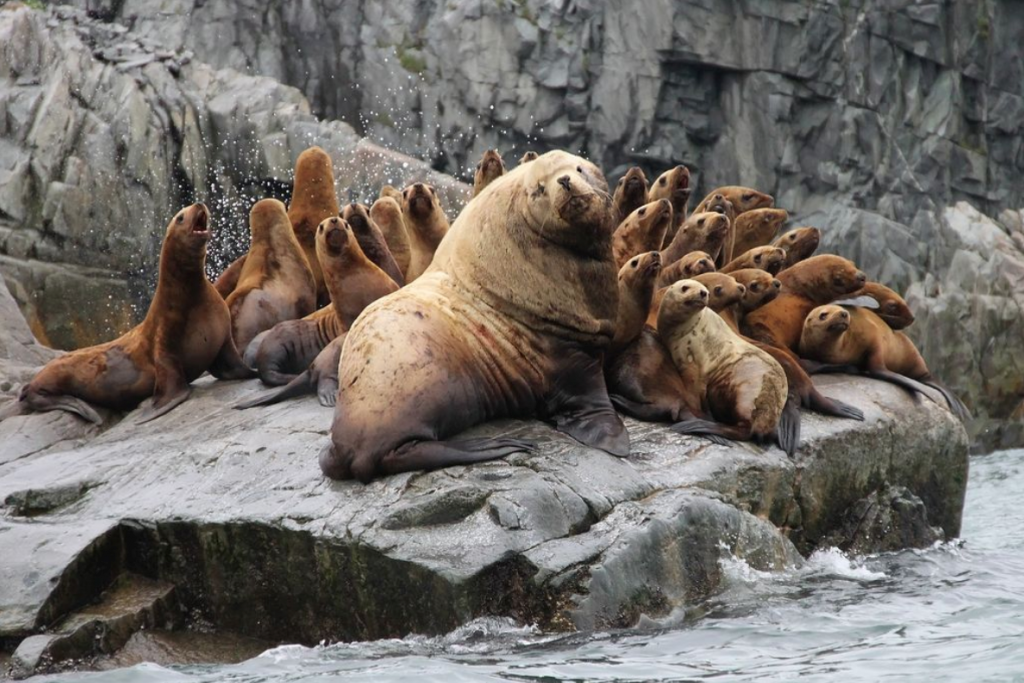
With their sleek bodies, whiskered faces, and playful barks, sea lions are some of the ocean’s most charismatic inhabitants. Often seen basking on sun-drenched rocks or gracefully navigating kelp forests, these intelligent pinnipeds capture our imaginations. But did you know there isn’t just one type of sea lion? The world’s oceans are home to several distinct species, each with unique characteristics and fascinating stories.
Let’s embark on a journey to explore the diverse family of sea lions!
The Big Six (Plus an Extra)
While “sea lion” is a general term, it primarily refers to members of the family Otariidae, specifically those with external ear flaps (distinguishing them from true seals, which lack them) and the ability to rotate their hind flippers forward to walk on land. Here are some of the most well-known species:
1. California Sea Lion ( Zalophus californianus)
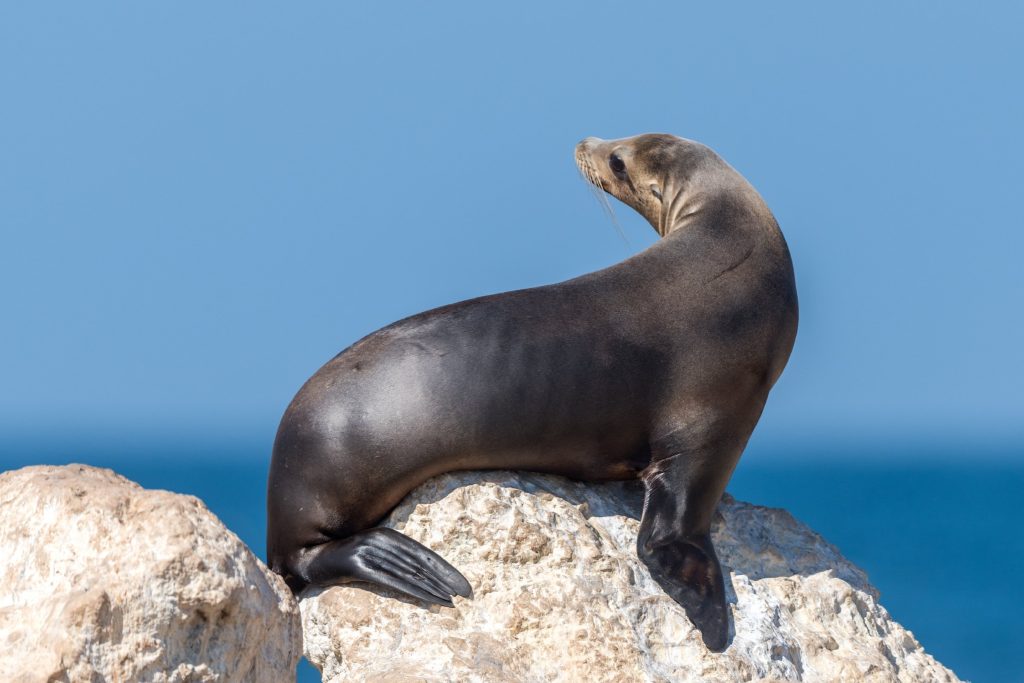
Perhaps the most recognizable sea lion, the California sea lion is a familiar sight along the Pacific coast of North America, from British Columbia down to Mexico. These highly social animals are known for their intelligence and agility, often performing in aquariums and marine parks. Males are significantly larger than females and develop a prominent sagittal crest (a bump on their forehead) as they mature. Their playful barks and acrobatic dives are a true delight to witness.
2. Steller Sea Lion ( Eumetopias jubatus)
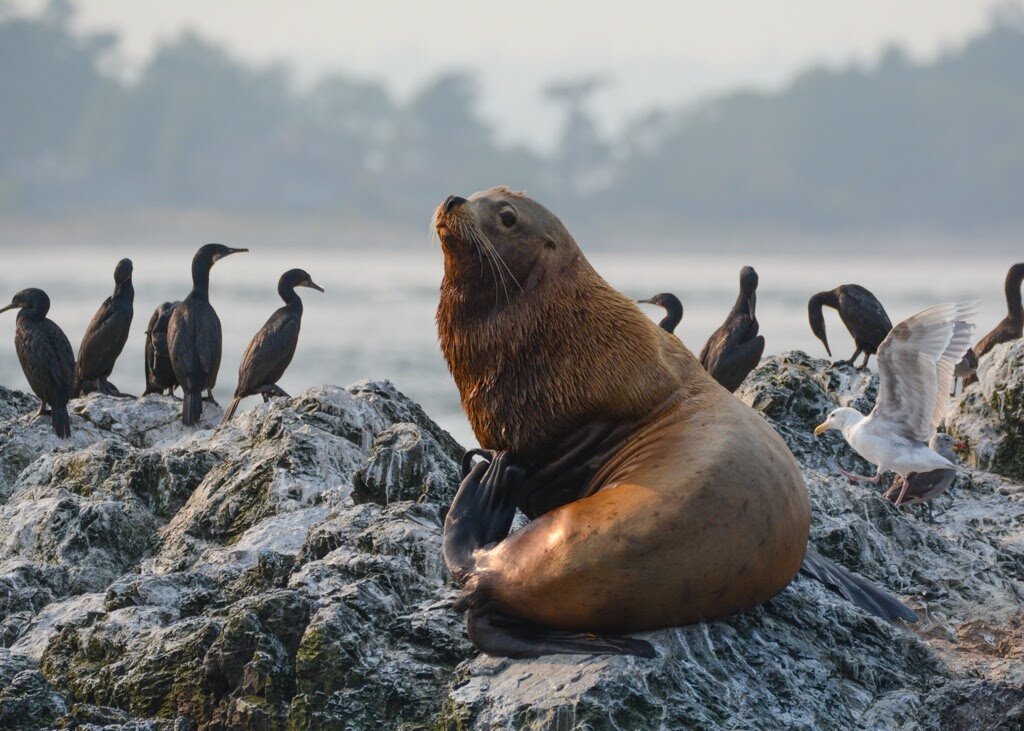
The largest of the sea lion species, the Steller sea lion is a true giant of the North Pacific. Adult males can weigh over 2,000 pounds and are characterized by their massive size, light tan to reddish-brown fur, and a powerful roar. They range from Alaska down to California and across to Russia and Japan. Sadly, Steller sea lion populations have faced significant declines in some areas, making conservation efforts crucial for their survival.
3. South American Sea Lion ( Otaria flavescens)
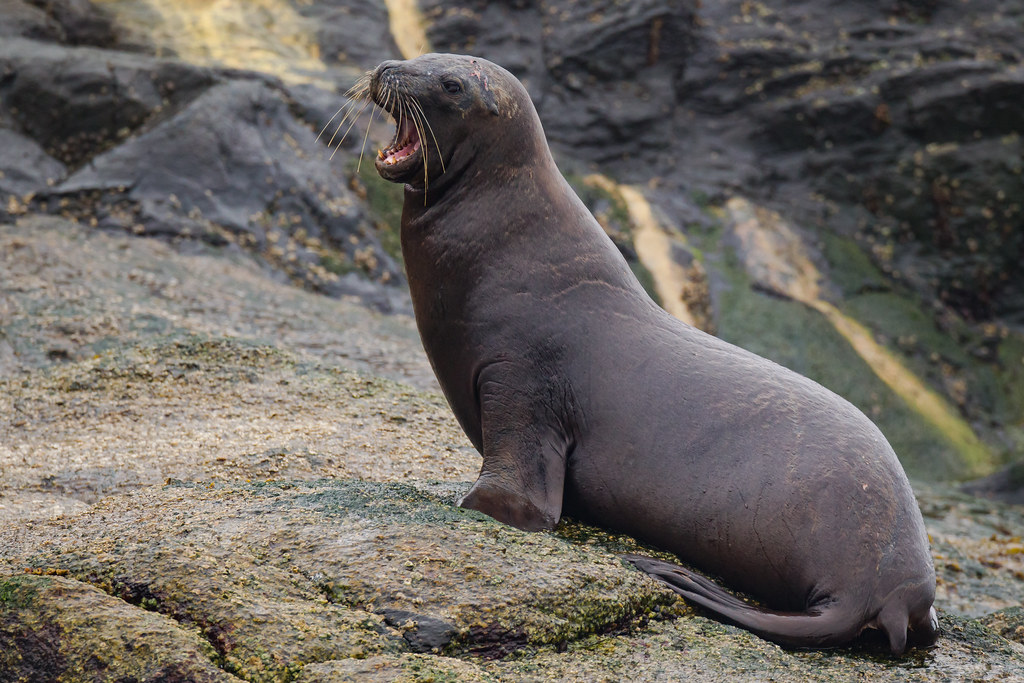
Found along the coasts of South America, from Peru to Tierra del Fuego and the Falkland Islands, the South American sea lion is a robust and vocal species. Males have a distinctive mane of fur around their necks, giving them a lion-like appearance (hence the name!). They are often seen in large, boisterous colonies on rocky shores and are a major draw for wildlife enthusiasts visiting the region.
4. Australian Sea Lion ( Neophoca cinerea)
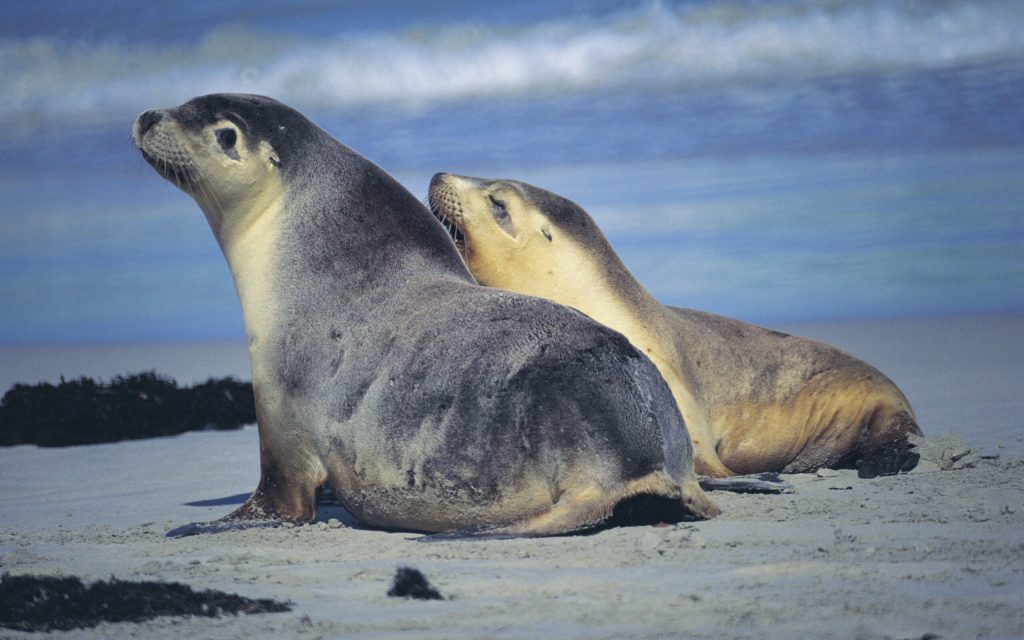
Endemic to the southern and western coasts of Australia, the Australian sea lion is a unique and somewhat enigmatic species. They have a distinctive blunt snout and are known for their relatively slow reproductive rate. Conservation efforts are particularly important for this species due to their limited distribution and specific breeding requirements.
5. New Zealand Sea Lion / Hooker’s Sea Lion ( Phocarctos hookeri)
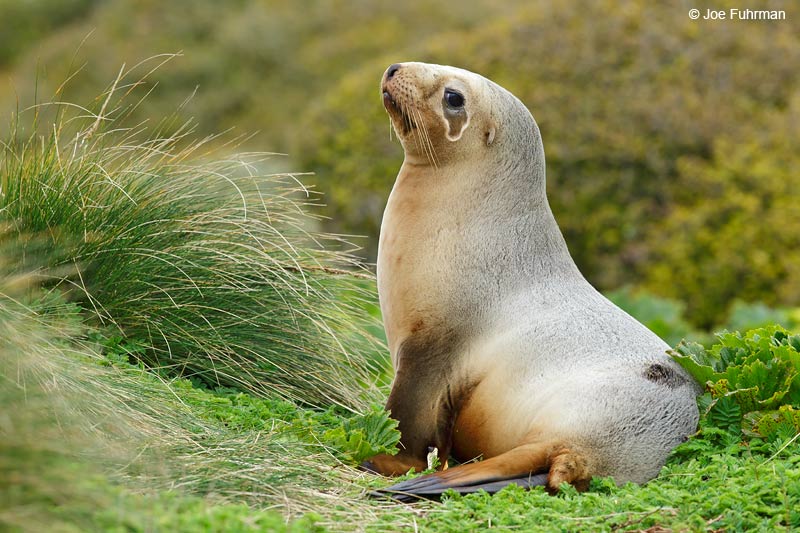
One of the rarest sea lion species, the New Zealand sea lion is found primarily on the subantarctic islands south of New Zealand, though small populations are recolonizing the mainland. These sea lions are known for their inquisitive nature and can be quite playful. Their recovery from historical exploitation is an ongoing conservation success story, though challenges remain.
6. Galapagos Sea Lion ( Zalophus wollebaeki)
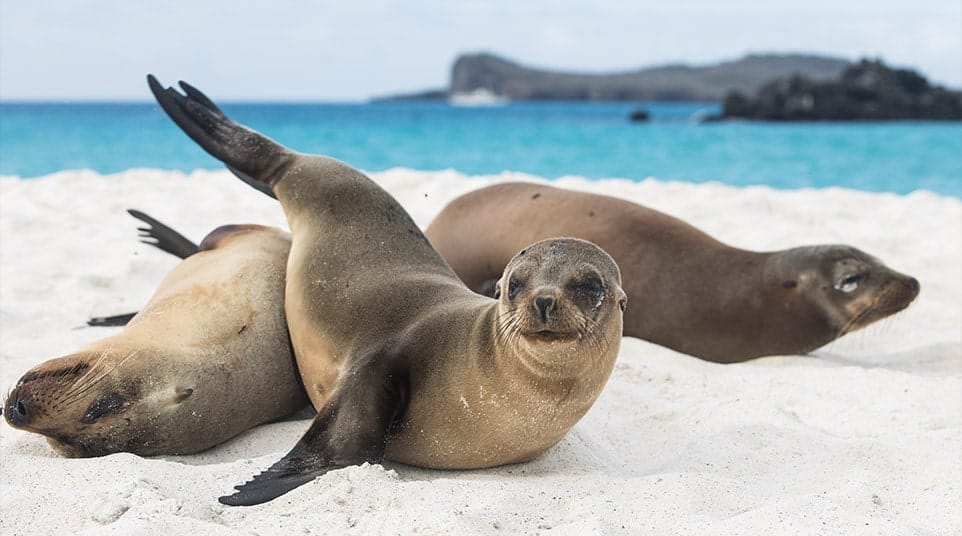
A close relative of the California sea lion, the Galapagos sea lion is a distinct species found exclusively in the Galapagos Islands. These charming animals are a highlight for visitors to the archipelago, often seen lounging on benches, swimming alongside snorkelers, and even playing with boats. Their fearless nature and close proximity to humans make for unforgettable encounters.
Japanese Sea Lion ( Zalophus japonicus) – Extinct
It’s also important to remember species that are no longer with us. The Japanese sea lion, once found in the Sea of Japan, was declared extinct in the 1970s due to overhunting and habitat degradation. Its story serves as a stark reminder of the impact human activities can have on marine life and the importance of conservation.
Why Are They Different?
The variations among sea lion species are a testament to adaptation. Over millennia, each species has evolved to thrive in its specific environment, leading to differences in size, fur color, diet, social structures, and even vocalizations. These adaptations allow them to efficiently hunt for food, reproduce successfully, and navigate the unique challenges of their respective habitats.
The Importance of Conservation
All sea lion species face various threats, including climate change, overfishing (reducing their food sources), entanglement in fishing gear, habitat loss, and pollution. Understanding the different types of sea lions is the first step in appreciating their diversity and the critical need for conservation. By supporting responsible tourism, sustainable fishing practices, and marine protected areas, we can all contribute to safeguarding the future of these magnificent lords of the ocean.
Dive deeper:
- Meet the California Sea Lion: The Ocean’s Playful Acrobats
- Meet the Steller Sea Lion: Giants of the North Pacific
- Meet the South American Sea Lion: Diving into the World of the Kings of the Southern Coasts
- Meet the Australian Sea Lion: A Story of Resilience and Rarity
- Meet the Hooker’s Sea Lion: New Zealand’s Rarest Gem
- Meet the Galapagos Sea Lion: The Islands’ Unofficial Greeters
- Bonus: Sea Lions vs Seals: Unraveling the Mystery of Pinnipeds
Which sea lion species is your favorite? Share your thoughts (and our post) on social media to get the conversation started!
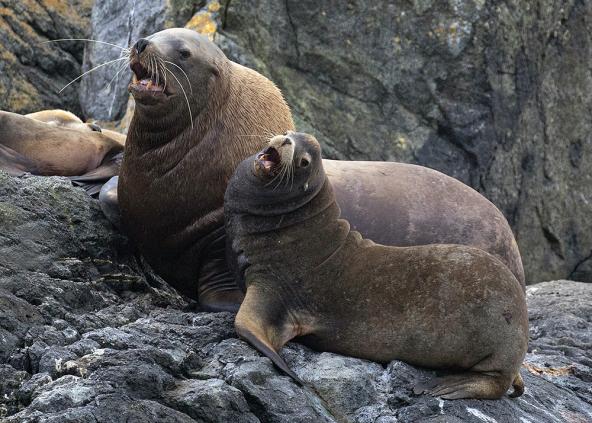

Disclaimer: This blog post is for edutainment purposes only and may not be entirely accurate.






